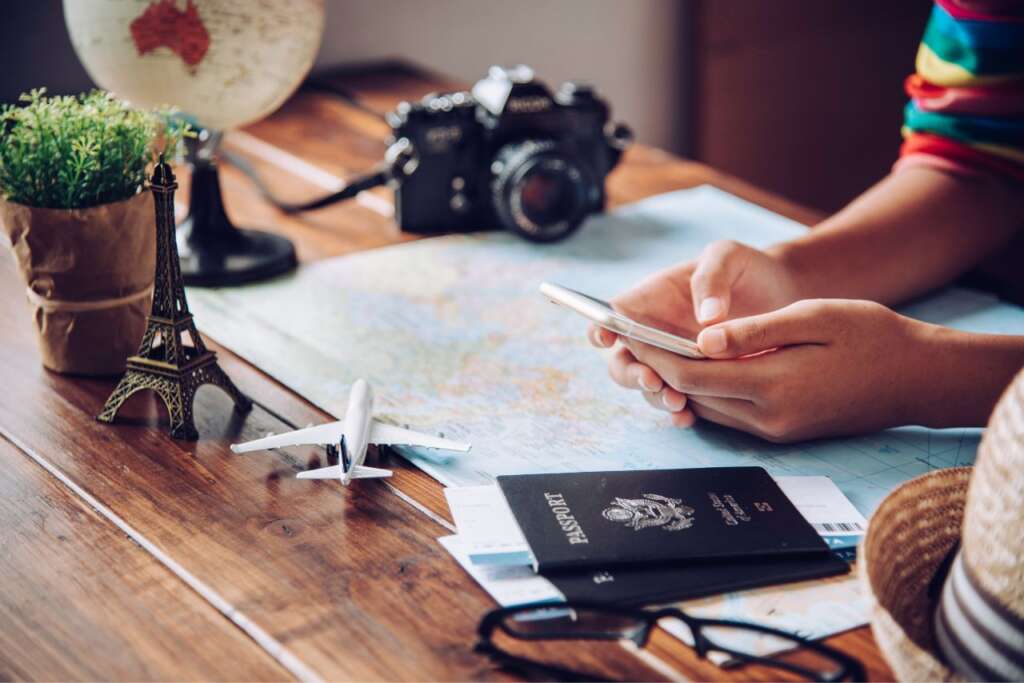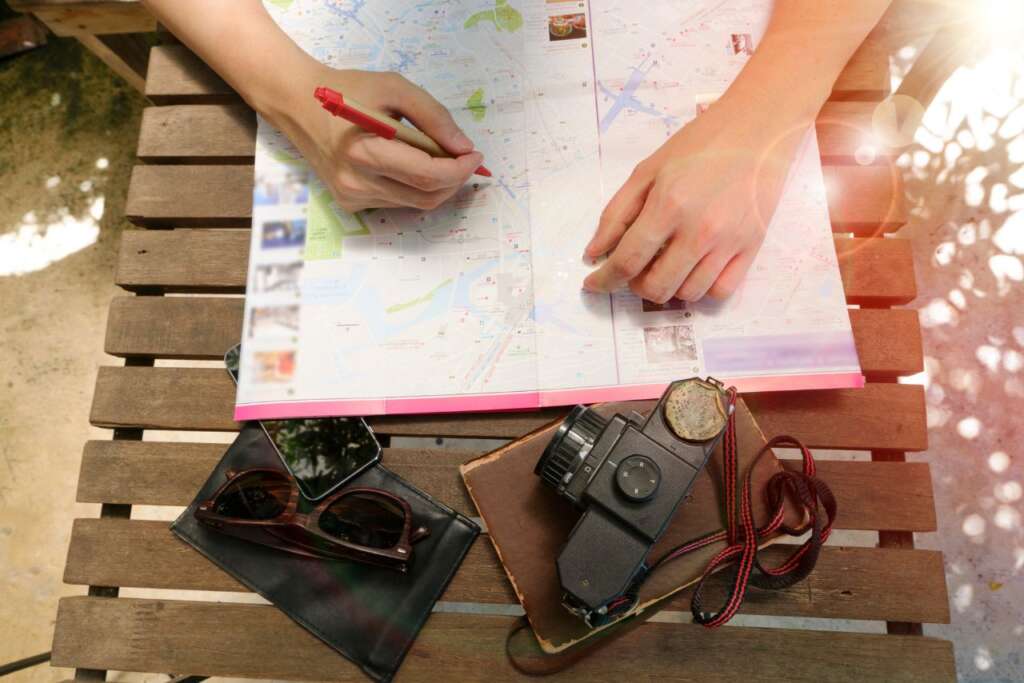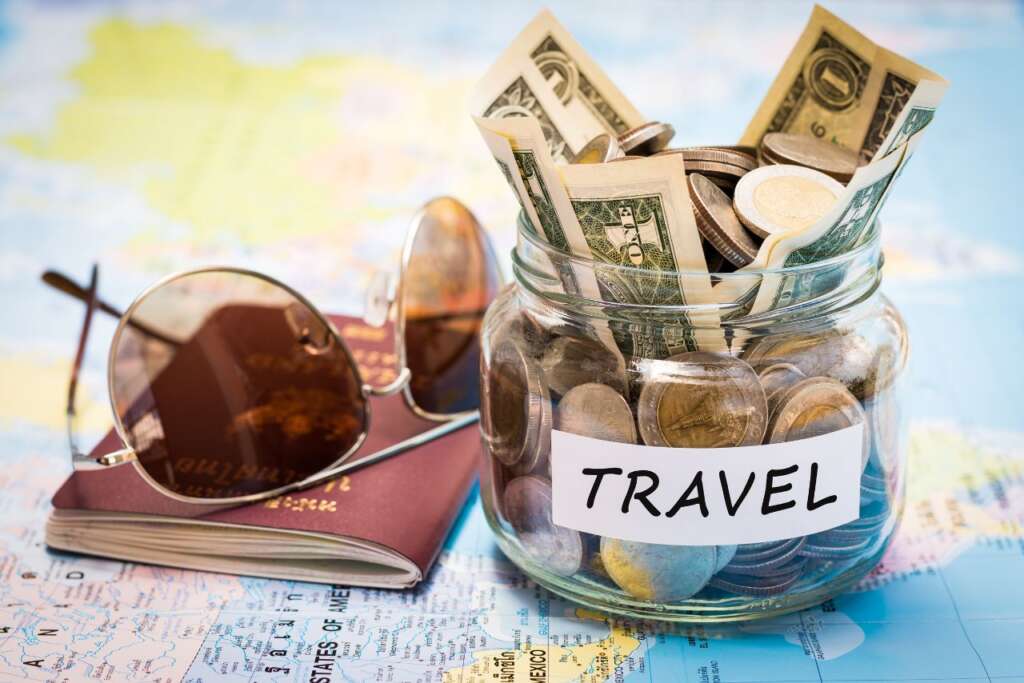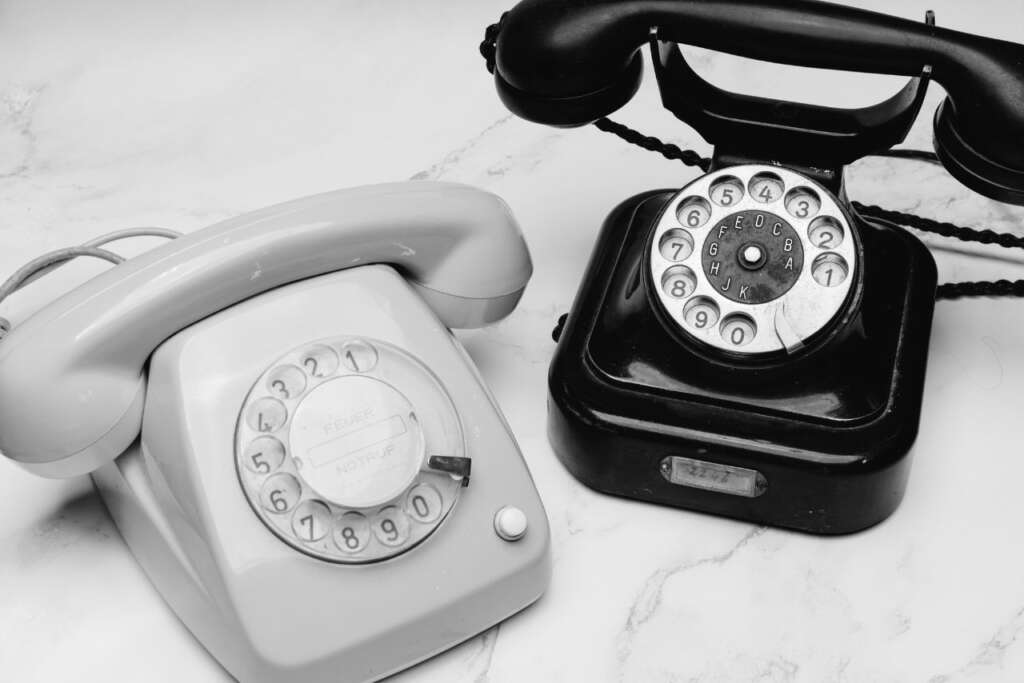When it comes to planning a long-haul trip, organisation is everything. When you’re going to a faraway destination, perhaps with a different climate or culture to your home, there are many things you might need to consider.
If you’re going to multiple destinations (such as interrailing) an itinerary may be one of the best things you can organise before you head off.
An itinerary is a detailed daily plan, often including travel information, emergency contacts and everything you may need. This will allow you to stay on schedule, and be able to refer to it in case anything goes wrong.
However, many people struggle to know where to begin when creating the perfect itinerary. Keeping these tips in mind will allow you to make a helpful and detailed itinerary which will help you stay on track so you can enjoy your trip without stress!
Do Your Research

Once you’ve booked your holiday, you need to be doing research about your destination and the area surrounding your lodgings. You should be looking for transport links, restaurants, car rental services and local landmarks.
You may also need to find out if you need to bring anything specific with you on your travels, such as a travel certificate, visa, or certain currency. Familiarising yourself with how you will see everything you want to see on your holiday and knowing where it is will allow you to schedule days so you can see landmarks which are close together.
It’s important to know the local places and customs so you are ready to enjoy your trip as soon as you get there.
Map Everything Out

Being familiar with the map and geographical layout of where you are going is important, especially if you will be visiting multiple places or a large city.
Planning the attractions you want to visit sequentially is one of the best things you can do in order to make your trip go smoothly – for example, if you want to see some things on one side of the city, try to plan them all for one day.
This will mean you can spend less time on public transport and more time exploring.
Keep Your Budget In Mind

One of the biggest mistakes travellers make is to plan things without a budget. For example, some of the attractions in major cities can be very expensive, and some of the highest-rated restaurants and hotels can also cost a lot too.
If you have an extensive budget, you may not need to worry about this so much. However, if you’re trying to not spend exorbitantly, you should set a budget for each day and think about what you may want to prioritise.
If you prefer going to restaurants, maybe find some cost-effective attractions to see so you have money to try the best food spots.
However, if you’re all about seeing landmarks, maybe try to find some budget hostels or eating spots so you can save in that area.
Include Emergency Contact Information

One of the major things many people leave off an itinerary is emergency contact information. Anything could happen on your travels – your phone or laptop could be lost, stolen or broken.
It’s imperative to write down all of the places you can go or any numbers you may need in case the worst happens.
You should note down local law enforcement, hospitals you can contact, taxi services, bank numbers, and any contact numbers for people at home you might need to get ahold of. You should also note down where your local embassy is, just in case you lose your passport!
Leave Room For Changes

A good itinerary should be a helpful guide, not a rigid plan to restrict you. A good itinerary should leave room for change and tweaks as you enjoy your holiday.
This research should help you in case of an emergency, and save you from scrambling to find good places to go and eat last minute. If you find something better that you want to try, make sure to tweak the itinerary.
Keep Both A Digital and Hard Copy

Take both a digital and hard copy of your itinerary with you on your travels. A hard copy allows you to cross things off and see any plans on paper, instead of looking at a phone or tablet screen.
Putting a hard copy in a folder may help you organise other important documents, such as hotel check-in information, car rental information and your passport.
Although a digital itinerary is a great idea, you may also be stuck if your phone dies, or is stolen or broken.
Pack With Your Itinerary In Mind

If you’ve planned certain things on your itinerary, you should pack keeping them in mind. For example, if you’ve planned to visit lots of nice restaurants, you should pack nice semi-formal clothes so you will be comfortable.
If you’ve planned to visit the beach, you should ensure you have swimwear and towels. Or, if you’re going on an adventure holiday, make sure you have clothes you can move around in. A full tracksuit or gym wear might be a good idea to pack if you’re going climbing or abseiling.
This will make sure you can follow through with your itinerary without any hiccups.
Final Thoughts
Putting effort into your itinerary will stop you from panicking during your trip, allowing you to relax and enjoy your time at your destination.
Making sure you have all of your information together and a plan will prevent any nasty surprises whilst you’re travelling.







